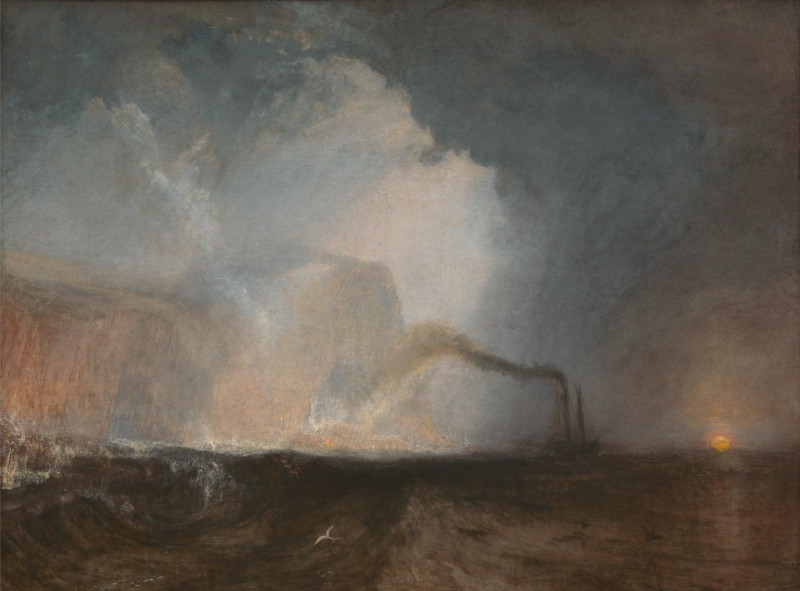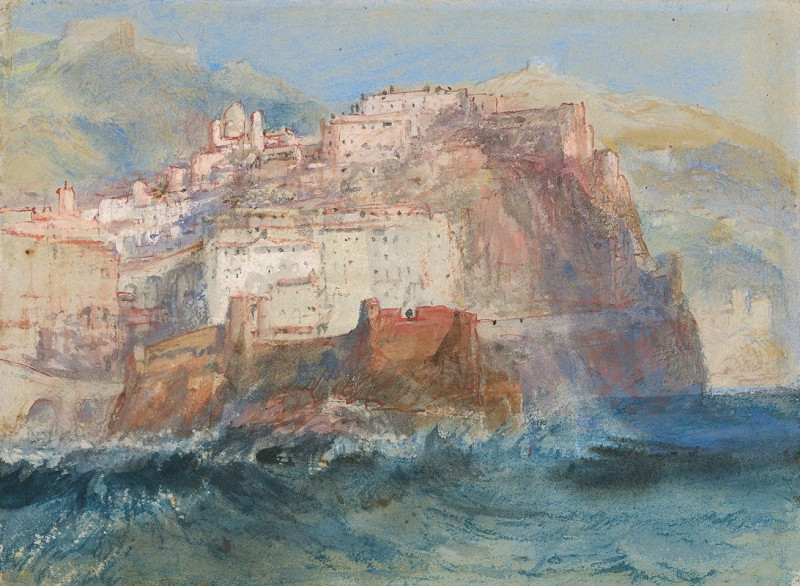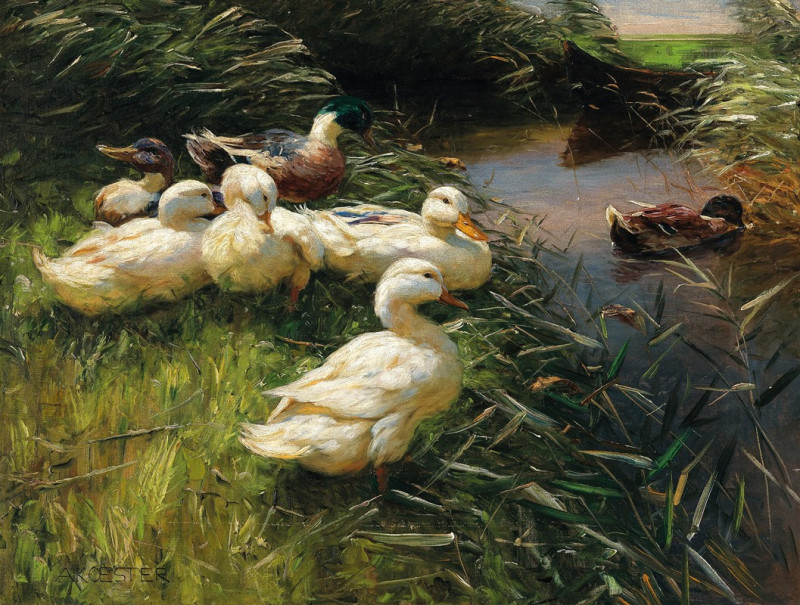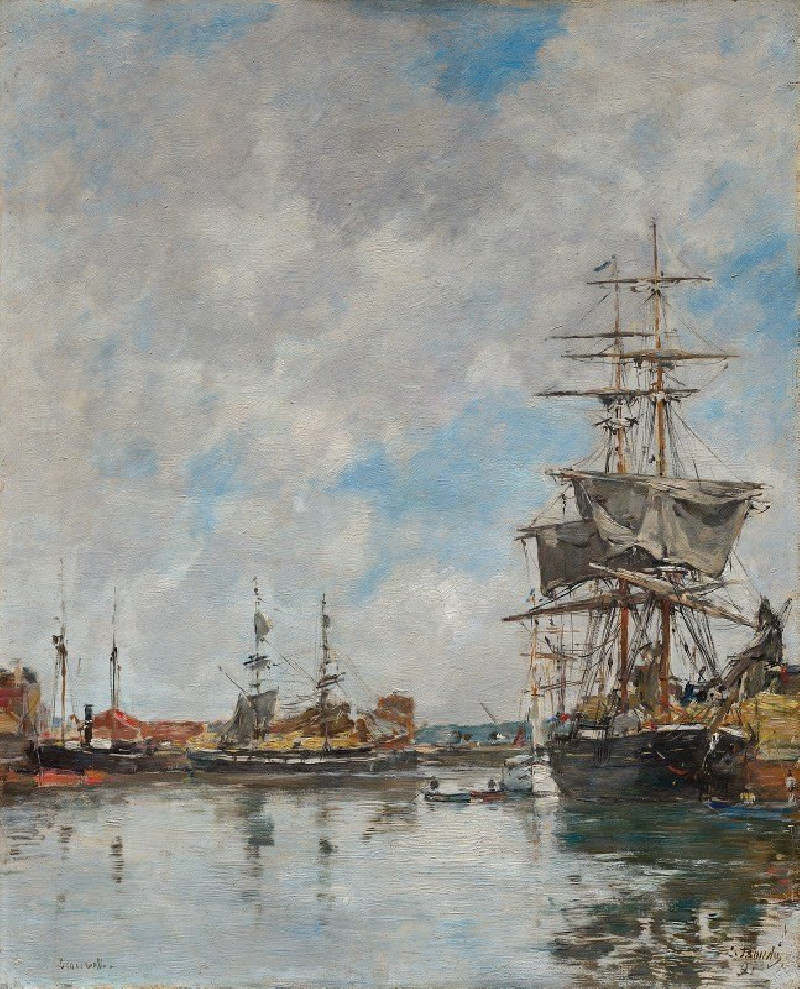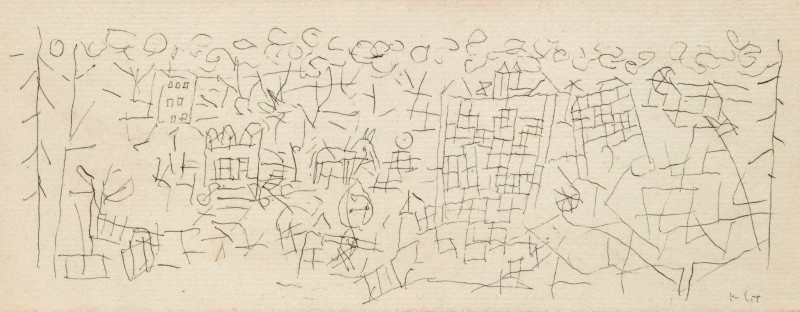The Burning of the Houses of Lords and Commons, 16 October 1834 (1835)
Technique: Giclée quality print
Recommended by our customers
More about this artwork
Joseph Mallord William Turner's stunning oil painting, "The Burning of the Houses of Lords and Commons, 16 October 1834," captures one of the most memorable events in 19th-century British history with a dramatic and emotive force. Created in 1835, this masterpiece portrays the catastrophic fire that ravaged the heart of British governance, as viewed from the banks of the River Thames.Turner's portrayal is not just a mere historical record but a vivid manifestation of the painter's fascination with light and color. The artwork is dominated by the fiery orange and yellow hues of the blaze, reflecting off the river and lighting up the evening sky. This intense illumination contrasts dramatically with the cool blues and muted grays of the surrounding environment, giving the scene a vibrancy that a straightforward depiction could not convey.In the foreground, Turner depicts clusters of onlookers gathered by the water’s edge, dwarfed by the immense scale of the flames and the architecture of the stricken buildings. Their small, almost silhouette-like forms add a human element to the scene, providing a scale that underscores the enormity of the disaster.The chaos of the fire is mirrored in Turner's loose and energetic brushwork, which seems almost to flicker with movement and heat, making the flames appear alive and unpredictable. Meanwhile, the river, rendered with smoother strokes, reflects the blaze, doubling its impact and emphasizing the pervasive influence of the event.Through "The Burning of the Houses of Lords and Commons," Turner not only documents a significant historical event but also explores themes of destruction and renewal, power and vulnerability.
Delivery
Returns
Joseph Mallord William Turner RA, known in his time as William Turner, was an English Romantic painter, printmaker and watercolourist. He is known for his expressive colourisations, imaginative landscapes and turbulent, often violent marine paintings. He left behind more than 550 oil paintings, 2,000 watercolours, and 30,000 works on paper. He was championed by the leading English art critic John Ruskin from 1840, and is today regarded as having elevated landscape painting to an eminence rivalling history painting.





